
Recognizing & Expressing Big Feelings
Help your child to understand his big feelings.
Here are some ways to help your child recognize and express big feelings:
- Books can be especially good for helping kids learn emotions (though you’ll want to try this strategy when kids aren’t mid-tantrum)! While reading, point out and name different feelings. You can say, “That boy is really angry. Grrr!” Or, “It’s so frustrating when you’re trying to tie your shoelaces and you can’t quite get it.” Or, “That girl is disappointed that the rain ruined her family’s picnic.”
- Remind kids to use words to express themselves. Rather than throwing something, encourage them to say, “I’m mad,” or “Can you please help me?” Labeling feelings is a step toward greater maturity and self-control.
- Offer empathy. Sometimes all that’s needed is for kids to know they’re being heard. For example: “I can see that you’re feeling sad,” or “It’s hard to wait your turn, isn’t it?” It’s also a good way to model using words, not actions, to express difficult emotions.
- When the strongest feelings are gone, help kids move on. Encourage them to take a few deep breaths or do a big whole-body stretch. Then suggest a new activity. Sometimes a bit of humor helps, too. Being able to move on—resilience—is a key life skill that you’ll be helping kids develop.
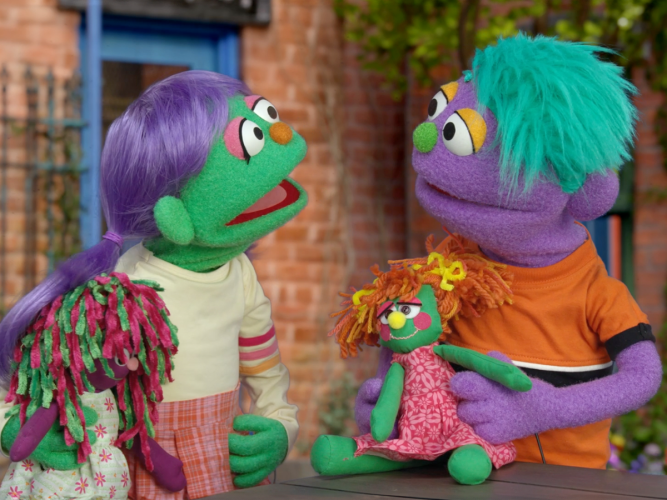
Resolving Hurt Feelings with Rosita and Friends
Misunderstandings and hurt feelings can be opportunities to build friendships and develop important social skills.
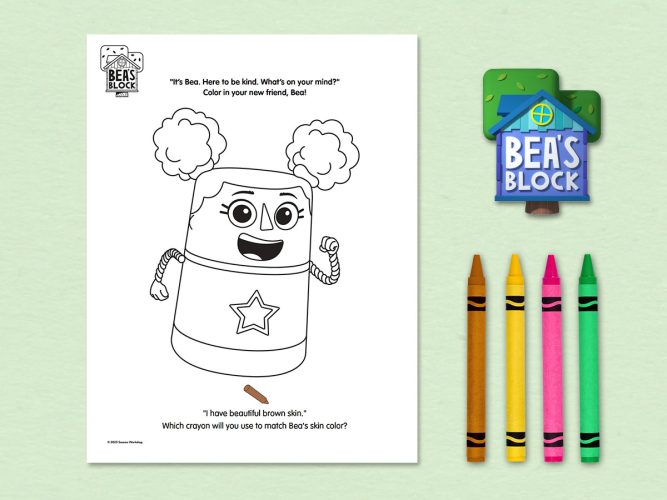
Bea’s Block Kindness Adventure Color & Activity Guide
Activities and coloring pages for children that celebrate kindness.

Understanding Bullying
Senior Vice President of Curriculum and Content, Rosemarie Truglio, PhD, examines bullying as it affects young children, and shares ways to handle—and prevent—it.
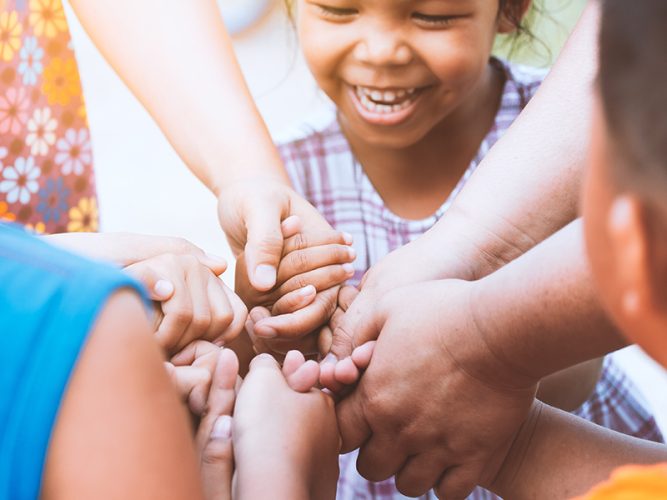
Building a Connected Community
Take a course on ways to help children and families get ready for school and life—together!
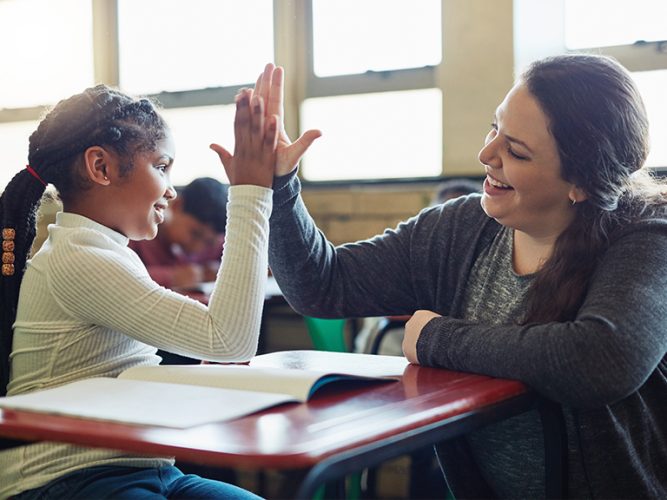
Caring Communities
In our course Caring Communities, you can explore the ways to embed storybooks, printables, videos, and digital games in your work with everyone in your neighborhood.
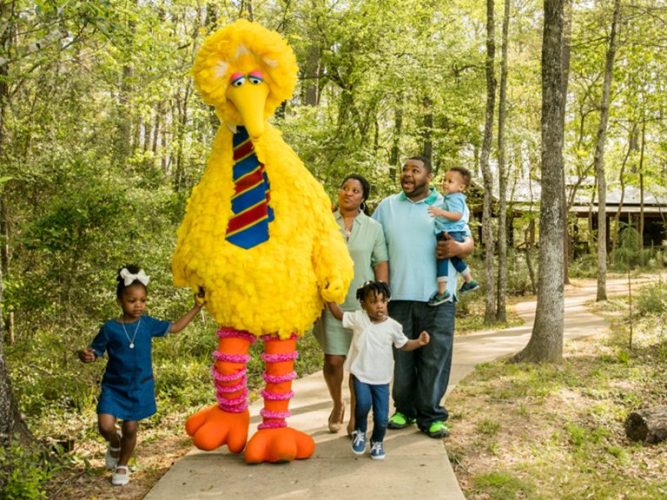
Roads to Resilience
A course highlighting some of the best assets from topics across SesameWorkshop.org with customized approaches, and tips and tricks on using these resources in your work with caregivers and their children.
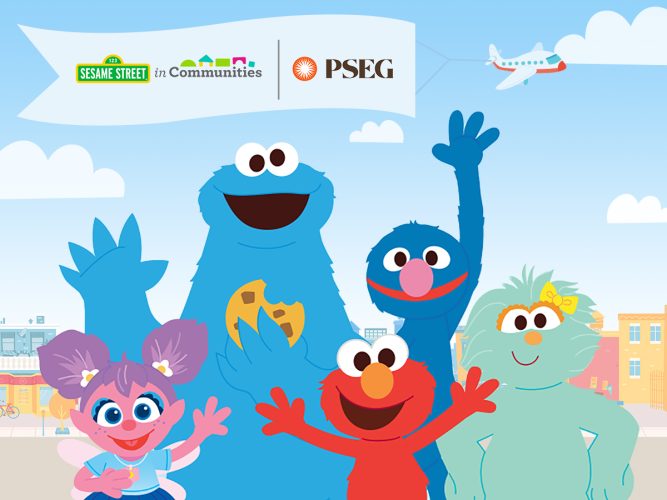
Little Neighbors
In this webinar, you’ll learn how you can use our “Little Neighbors” initiative to help children and their families discover their power to make their communities—and the world—a happier, healthier, safer place for everyone.
